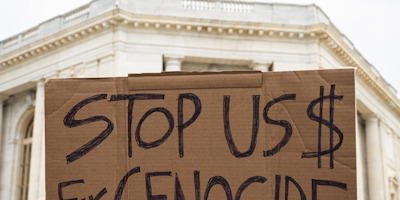1. Why boycott the United States first and foremost ?
Because the U.S. is the main military, financial, and diplomatic supporter of Israel, enabling
the continuation of the conflict. Every dollar of aid translates into weapons, bombs,
and policies that fuel destruction.
2. What products should be targeted?
Focus on globally dominant U.S. brands. But some brands are easier to boycott than others.
And we need to strike laser-like:
Target three symbols of U.S. cultural dominance: Hollywood, Big Streaming,
and Global Fast-Food.
Hollywood: Don’t fund the next blockbuster — let the box office speak.
Netflix: Cancel the subscription — one click, instant impact.
Starbucks and Mc Donald's: Ditch the chain — choose local restaurants and cafés instead.
These household names embody U.S. economic muscle — hit them where it matters: with your wallet and your attention.
3. How does a boycott create impact?
Economic pressure hurts brand reputation and revenue. When large corporations feel public resistance, they lobby policymakers and shift narratives—just as boycotts worked in South Africa during apartheid.
4. Isn’t boycotting U.S. products unrealistic?
It’s not about total isolation but about collective, symbolic action. Even partial boycotts, if widespread, generate media attention, political debate, and social awareness. It’s a tool of resistance, not perfection.
5. How can individuals join effectively?
Start by refusing certain brands, share alternatives on social media, and spread awareness. Encourage communities to switch consumption habits together. Boycott gains strength through unity and visibility.


